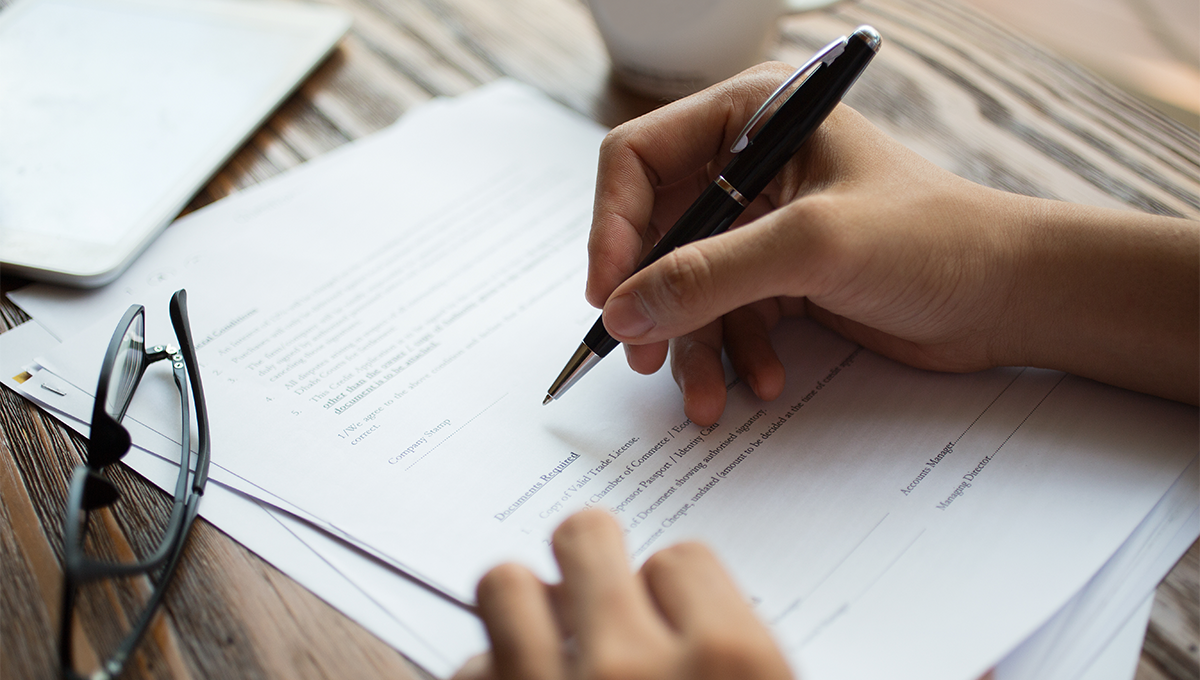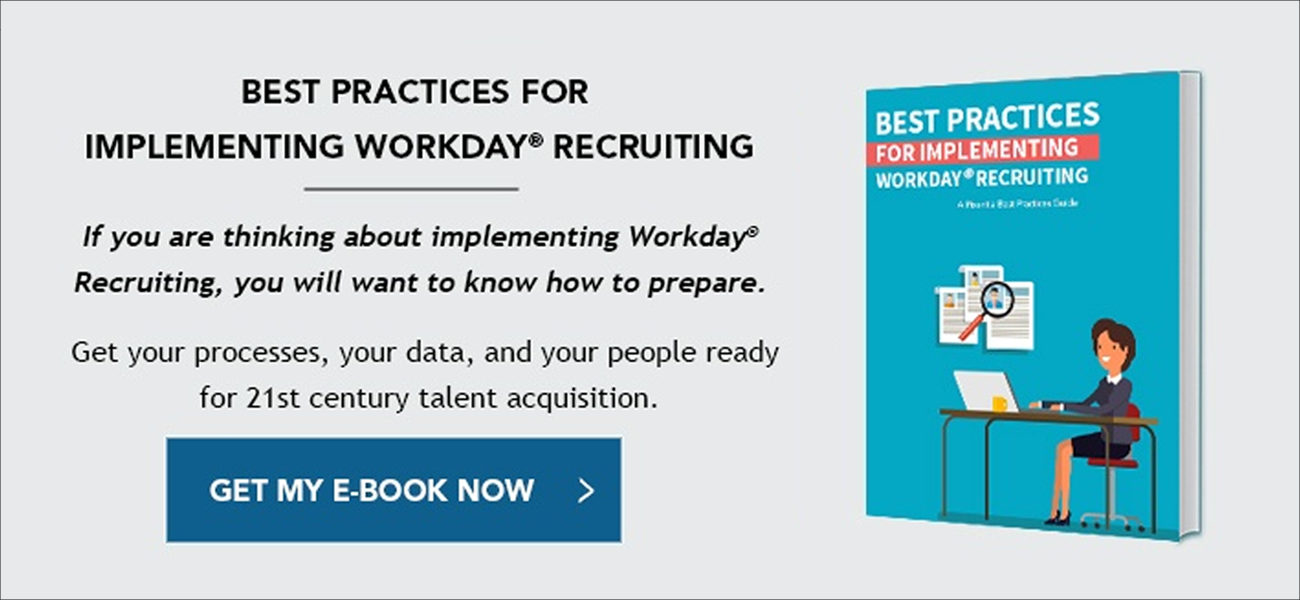
If you follow employment-related legislation, you know that E-Verify is likely to become mandatory for all U.S. employers by about 2018. Most large employers and many small ones are already using it. The Department of Homeland Security (DHS) reports on its website that about 1,400 employers enroll each week.
E-Verify is a website operated by the U.S. Department of Homeland Security (DHS) to verify employment authorization for newly hired employees in the United States. It automatically checks databases at DHS, the Social Security Administration, and the Department of State to verify that the information the employee presented on an Employment Eligibility Verification (Form I-9) is valid.
For most employers, E-Verify is optional. It is required for Federal contractors and employers in the 20 states that requires it for some or all employers.
For most employers, it is cost-effective to use an automated online I-9 and web services to integrate with E-Verify. It cuts data entry time in half and reduces the possibilities of data entry error. Automation of I-9 and E-Verify also has other benefits.
- The verification must be completed by the third day of employment. Automated checks and notifications ensure compliance.
- Automated records retention makes compliance with internal and external audits easier.
- Automated photo matching provides an additional means of verifying identity.
When an E-Verify user in your organization completes the employer portion of the automated I-9, the E-Verify interface automatically creates an E-Verify case and submits it to DHS. There are two possible results: EMPLOYMENT AUTHORIZED, and DHS TENTATIVE NONCONFIRMATION (TNC). An authorization can be closed in Workday®; a TNC result requires follow up outside Workday®.
DHS provides web services instructions and requirements, but employers are required to develop and implement the integration.
Fortunately, Workday® maintains a connector in Cloud Connect so customers always remain in compliance with DHS requirements. The connections in Cloud Connect don’t require deep technical expertise.
The Workday® connector handles employee verification process, but there are a few things you need to know.
- Web services users have an additional user guide and E-Verify Memorandum of Understanding (MOU) to comply with. DHS also provides a self-assessment guide you can use to be sure you are in compliance.
- You will set up E-Verify web services in your stage instance to test the connection. DHS will provide the information you need to process a test case to verify the connection. If you submit a test case using a real person’s information, you will create a permanent record in E-Verify.
- You will only be able to test the connection. Workday® tests the entire process for each E-Verify version, but DHS does not allow you to run a complete test case. Be sure you set EVerify Service Call to VerifyConnection.
- DHS requests that newly enrolled employers use the manual web interface to process cases before they implement web services.
- Users are required to change passwords every 90 days, and testing will start the timer.
- If you configure onboarding to start the I-9 process on a “Hire” event, an international transfer to the U.S. will not trigger an I-9.
- E-Verify rules and procedures are complex, so it is a good practice to make good use of help text to help users comply.
- If you key in a future date, the E-Verify process will not start. You will have to process the E-Verify transaction manually.
We hope this bit of information helps you with a successful and trouble-free E-Verify integration. If you have questions or comments, please use the comment form below.
Phenomecloud is a full-service technology company dedicated to helping clients solve business problems, improve the capability of their people, and achieve better results.





Leave a Comment